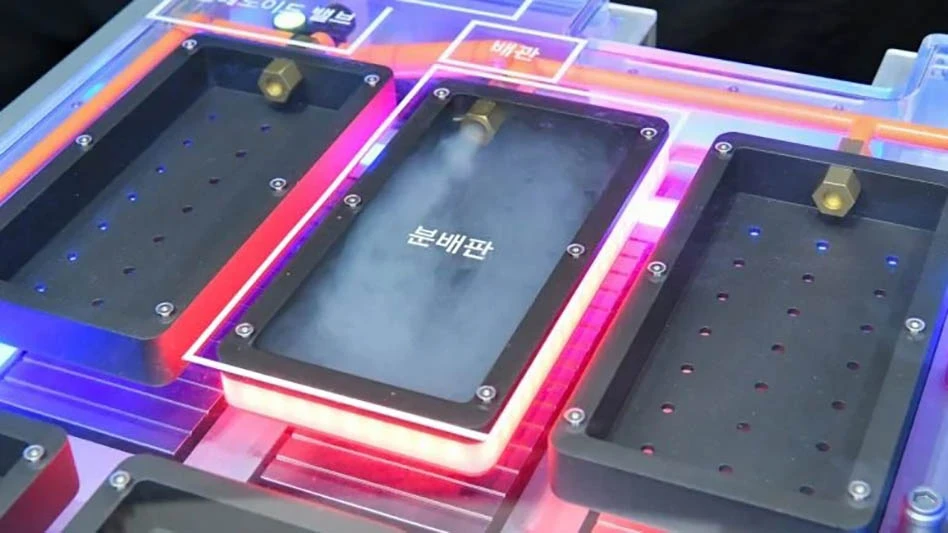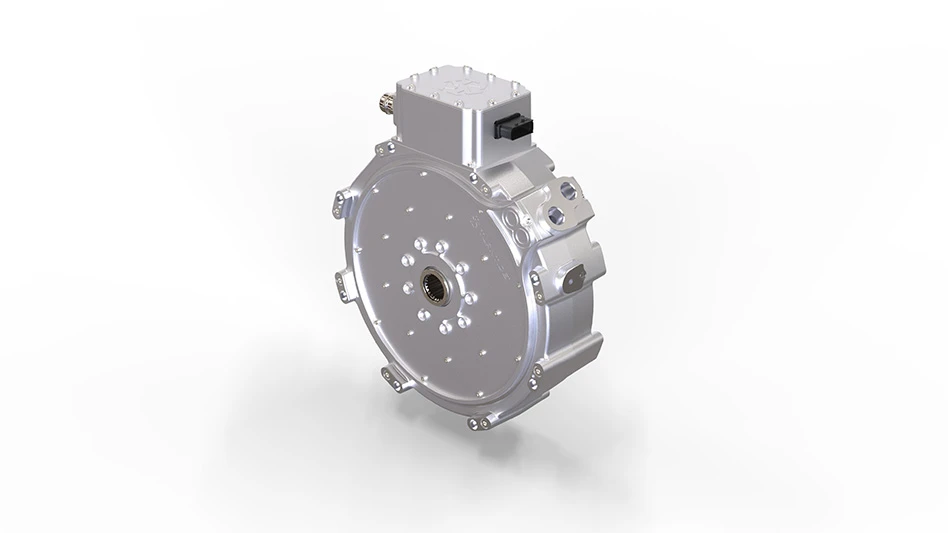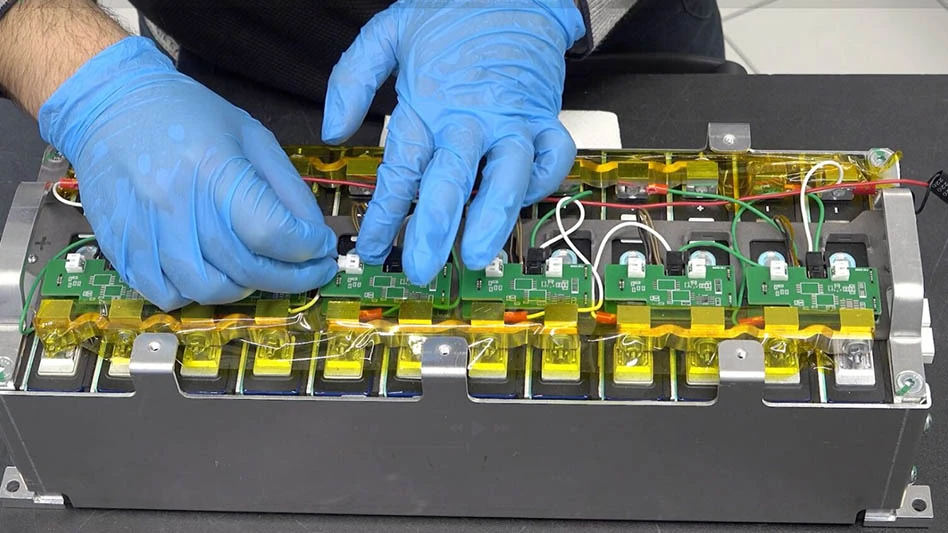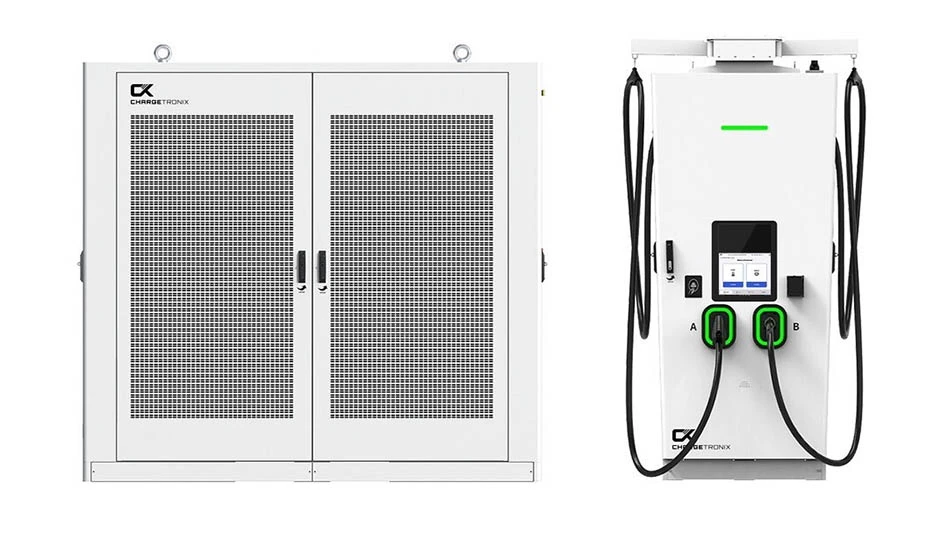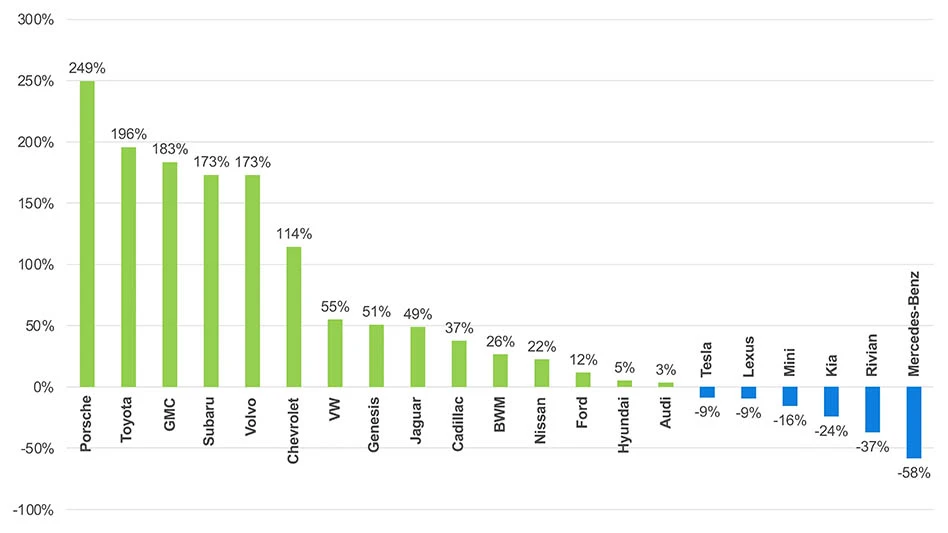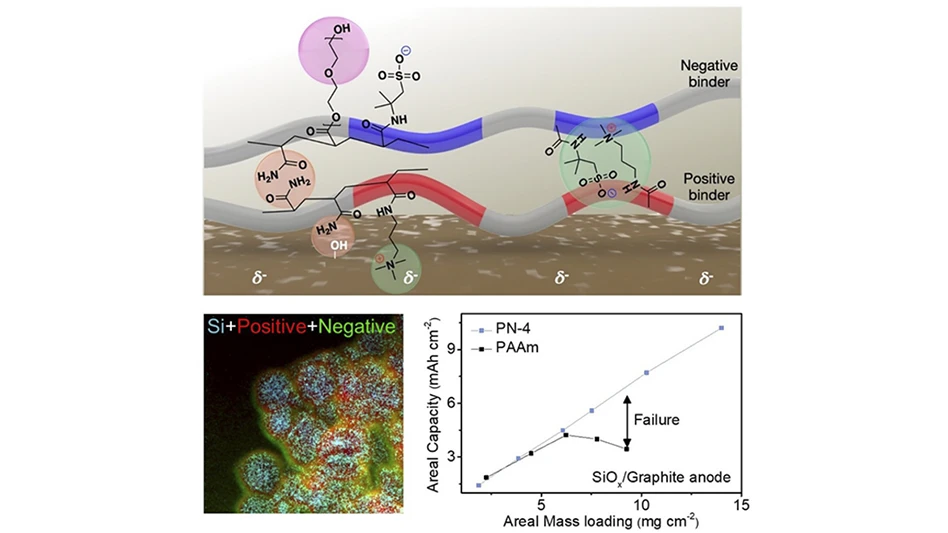
POSTECH
The electric vehicle market has been experiencing explosive growth, with global sales surpassing $1 trillion (approx. KRW 1,283 trillion) in 2022 and domestic sales exceeding 108,000 units. Inevitably, demand is growing for high-capacity batteries that can extend EV driving range. Researchers from POSTECH and Sogang University developed a functional polymeric binder for stable, high-capacity anode material that could increase the current EV range at least 10-fold.
A research team led by POSTECH professors Soojin Park (Department of Chemistry) and Youn Soo Kim (Department of Materials Science and Engineering) and Professor Jaegeon Ryu (Department of Chemical and Biomolecular Engineering) of Sogang University developed charged polymeric binder for a high-capacity anode material that is both stable and reliable, offering a capacity that is 10 times or higher than that of conventional graphite anodes. This breakthrough was achieved by replacing graphite with Si anode combined with layering-charged polymers while maintaining stability and reliability. The research results were published as the Front Cover Article in Advanced Functional Materials.
High-capacity anode materials such as silicon are essential for creating high-energy density lithium-ion batteries; they can offer at least 10 times the capacity of graphite or other anode materials now available. The challenge here is that the volume expansion of high-capacity anode materials during the reaction with lithium poses a threat to battery performance and stability. To mitigate this issue, researchers have been investigating polymer binders that can effectively control the volumetric expansion.
The new polymer developed by the research team not only uses hydrogen bonding but also takes advantage of Coulombic forces (attraction between positive and negative charges). These forces have a strength of 250 kJ/mol, much higher than that for hydrogen bonding, yet they are reversible, making it easy to control volumetric expansion. The surface of high-capacity anode materials is mostly negatively charged, and the layering-charged polymers are arrayed alternately with positive and negative charges to effectively bind with the anode. Furthermore, the team introduced polyethylene glycol to regulate the physical properties and facilitate Li-ion diffusion, resulting in the thick high-capacity electrode and maximum energy density found in Li-ion batteries.
“The research holds the potential to significantly increase the energy density of lithium-ion batteries through the incorporation of high-capacity anode materials, thereby extending the driving range of electric vehicles,” says Professor Soojin Park. “Silicon-based anode materials could potentially increase driving range at least tenfold."
This study was conducted with the support from the Ministry of Science and ICT, the Nano-Material Technology Development Program, and the National Research Laboratory for Future Technology of Korea.
Latest from EV Design & Manufacturing
- Collaborative project demonstrates digital thread for parts manufacturing
- Strategies to improve milling and turning for medical components
- Being proactive about your business despite uncertainty
- Key to lithium-sulfur battery performance may be…corn?
- Optimizing production of high-precision components through collaboration
- An inside look at the defense maritime industrial base
- Lucid to acquire select facilities and assets from Nikola Corp.
- CNC coordinate measuring machine for large parts, complex applications
